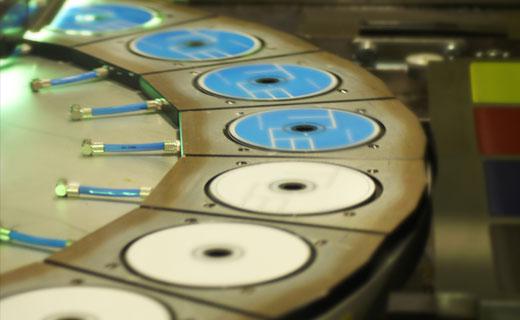Most people make the mistake of thinking duplication and replication of your CD or DVD are one and the same. But these are two different processes. Here’s a look at what each one entails to give you a better idea about which method works best for your project.
Duplication
This is ideal for projects that require small quantities, or quick turn-around times. Regarded as the standard method for copying discs from 1 to 1,500, the type of printer you have also impacts the speed of the duplication. However, since it generally involves minimal set-up time, it’s still an excellent option for copying materials. If you need it fast, your printer is ready along with your artwork and you’ve checked as well as verified the content, then you should be good to go. Note this down when you decide if you should choose duplication or replication of a CD or DVD for your project.
What are the Steps?
To duplicate a disc, your data is transferred to a master disc. The disc is burned to a blank disc. This can either be a recordable CD or DVD-r. Then, the disc is checked to confirm if the data is present. Only then is the copy accepted or rejected. Disc-burning speeds have increased over the years, enabling duplicators to pick different options when burning data to CDs and DVDs. For instance, to ensure quality, professional duplicators will slow down the process when they copy music.
Replication
If you need to generate mass quantities of a thousand discs or more, then replication is the right option for you. It’s ideal for handling large volumes of orders while keeping costs low. However, keep in mind that this process takes longer as well. If you’re on a tight time frame, this might not be the best solution for you. However, if time isn’t an issue and you have a few days to spare, then give this a try.
What are the Steps?
This option takes longer because you need to create a glass master. The glass master is used to replicate the CDs or DVDs. Once that step is done, though, everything else is easy and much like the duplication method. The main difference is the extra few days you need to spend on putting together that glass master, which typically takes about a day to three days on average. Go over the pros and cons of both options to determine which one is right for you.
